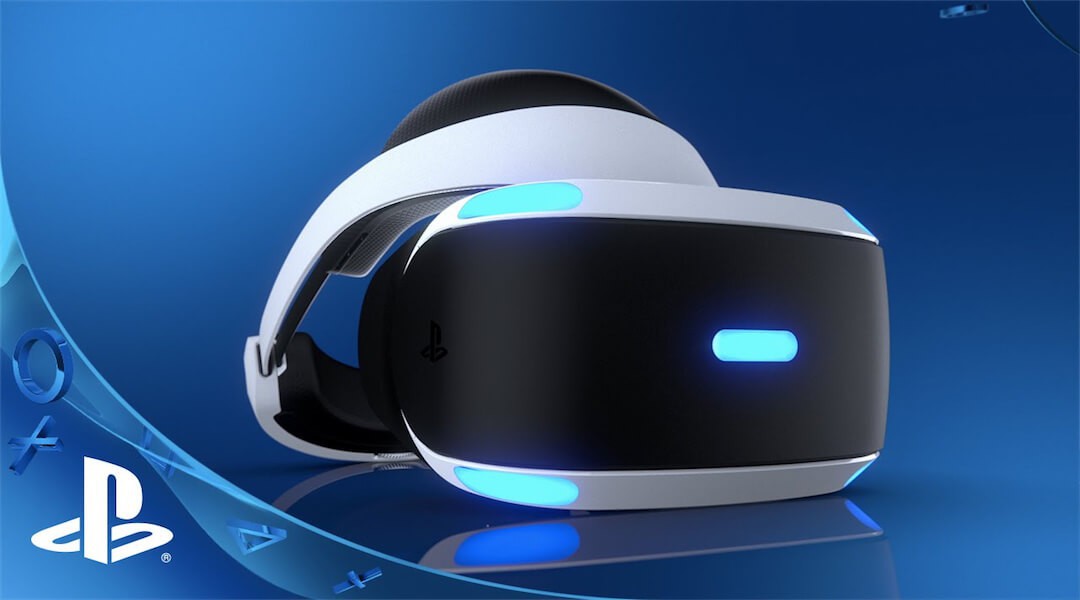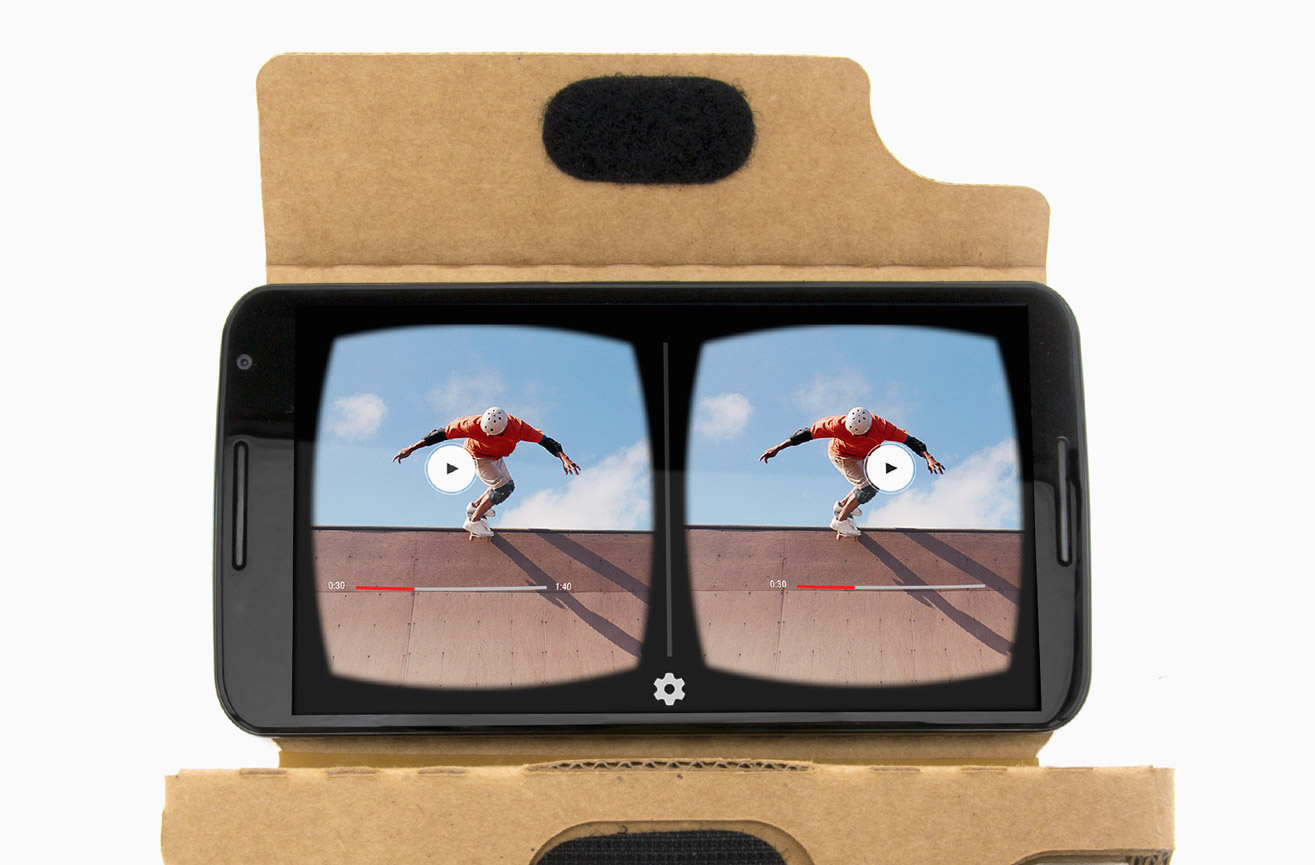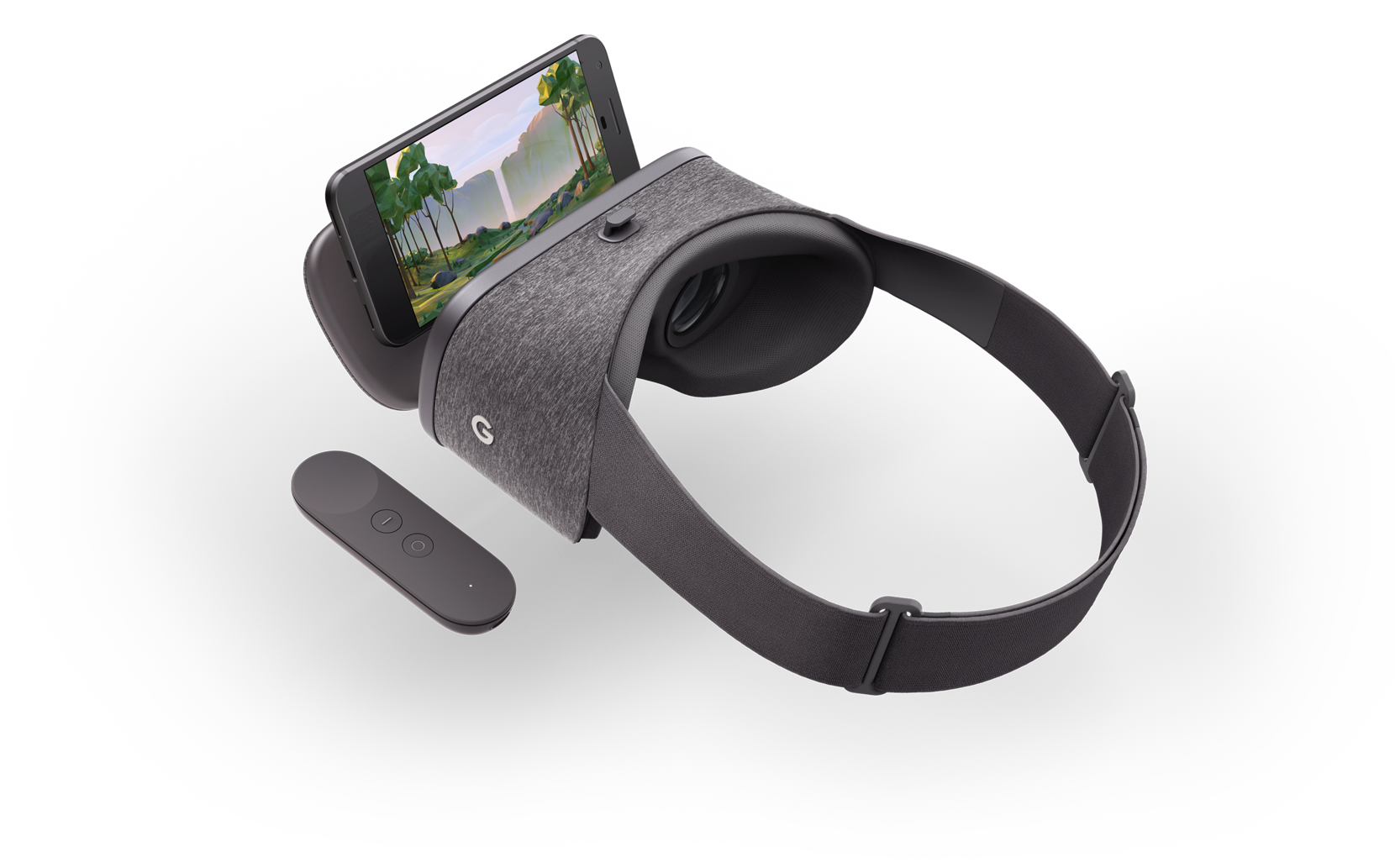PSVR Captures 30% of VR Hardware Revenues, Interest Waning in Low-End VR Headsets
A report by Strategic Analytics released yesterday indicates that shipments for virtual reality headsets dropped by 50% between 2017 and 2018. This might appear like a catastrophic slump in sales but it really isn’t a catastrophe for the overall industry if you consider the fact the drop mainly affected the ultra-low-end products in the market such as the Google Cardboard. On the other hand, revenues for the higher-end virtual reality hardware remained relatively steady over the same period of time.

The Google Cardboard was introduced to give the general public a cheaper way of experiencing virtual reality. It quickly picked up like wildfire, thanks in part to several promotions including a high-profile one by New York Times which was mailing a Google Cardboard kit to all its print subscribers so as to offer them their first glimpse at the appeal of VR. Other headset-makers also used similar promos to give their low-end devices a leg up and educate the mainstream public on the basic capabilities and experiences of virtual reality. It is these measures that accounted for the early bump in VR headset shipments.
However, with rapid-fire innovations rolling out VR labs every single day and the desire by some of the serious players such as Oculus to take VR mainstream through affordable headsets that render high-quality immersive experiences, these early rudimentary devices were not going to remain popular for long. They were certainly not built to be popular for the long haul. No serious tech company was going to stake its place in the VR market with a Cardboard-like kit. That is why the significant drop in shipments in 2018 occurs in the Strategy Analytics report when you lump these early kits with the serious virtual reality headsets such as the Valve Index, HTC Vive, Oculus Rift, Oculus Rift S and Quest.
The Strategy Analytics report indicates that the market for virtual reality hardware is decidedly shifting away from the low-priced, low-performance headsets. Demand for both the Google Cardboard, Samsung Gear VR as well as the Daydream products has virtually evaporated overnight.

What is currently doing well are the mid-range headsets from Sony, Oculus and HTC. Together, these accounted for 77% of all revenues generated globally from VR headset sales. The budget and lower performance headsets, the top performers of yesteryears, are currently scrambling for a rapidly shrinking market share.
Sony’s PlayStation VR currently leads the market for the tethered headsets and it has total revenue share in the hardware market of 30%. It is closely followed by Oculus at 25% and HTC at 22%. Google has 11% of the revenue share while Samsung revenues from VR hardware sales stands at just 5%. All the other headsets account for 6% market share.

Strategy Analytics has offered that the Sony PSVR numbers are likely to continue growing due to the promised PS5 support for PSVR. On the other hand, growth for both HTC and Facebook’s Oculus will be supported by enterprise and educational uses of their platforms.
Google, the Cardboard creator, is the biggest loser with its revenue share in the VR hardware market falling from 21% to 11% between 2017 and 2018, year-over-year. Samsung, which no longer bundles its Gear VR accessories with its smartphone products has also seen its revenues from hardware sales fall drastically. Samsung discontinued its low-end hardware giveaways and bundles. However, like Google, Samsung’s “headsets” were mostly rudimentary cardboards which did not have any display hardware or processing power.
Overall, there was more than 50% drop in year-over-year headset shipments from 31 million in 2017 to 15 million in 2018. But the fact that the drop mostly affected the low-end hardware means that in spite of the sharp decline in VR hardware shipments across board, there was only a tiny drop in revenues from $1.9 billion in 2017 to 1.8 billion in 2018.
The market is closing down on the simple devices. Their time is up. Many of the consumers who have tried virtual reality in shows, conferences or location-based VR centers have really enjoyed the ultra-immersive experience and they are looking for similarly high quality VR experiences with good quality headsets. As a result, the real winners in 2018 moving forward have been the virtual reality hardware in the higher price tier and the higher quality virtual reality headset market segment, especially those that are either console-based or PC-based.
The coming of 5G networks will spell good tidings for the industry as virtual reality headsets are going to fully leverage and showcase the power of these networks.
The next-gen cellular VR will benefit from multiple technologies such as high bandwidth, support for content in dual screens as well as low latency which will help get rid of the feeling of nausea with changes in the head position. Gaze-tracking technology for determining the focus and the peripheral view of areas will also become an important feature in next-generation virtual reality headsets.
https://virtualrealitytimes.com/2019/08/06/psvr-captures-30-of-vr-hardware-revenues-interest-waning-in-low-end-vr-headsets/https://virtualrealitytimes.com/wp-content/uploads/2018/04/Lenovo-Mirage-Camera-600x432.pnghttps://virtualrealitytimes.com/wp-content/uploads/2018/04/Lenovo-Mirage-Camera-150x90.pngBusinessA report by Strategic Analytics released yesterday indicates that shipments for virtual reality headsets dropped by 50% between 2017 and 2018. This might appear like a catastrophic slump in sales but it really isn’t a catastrophe for the overall industry if you consider the fact the drop mainly...Sam OchanjiSam Ochanji[email protected]EditorVirtual Reality Times - Metaverse & VR
